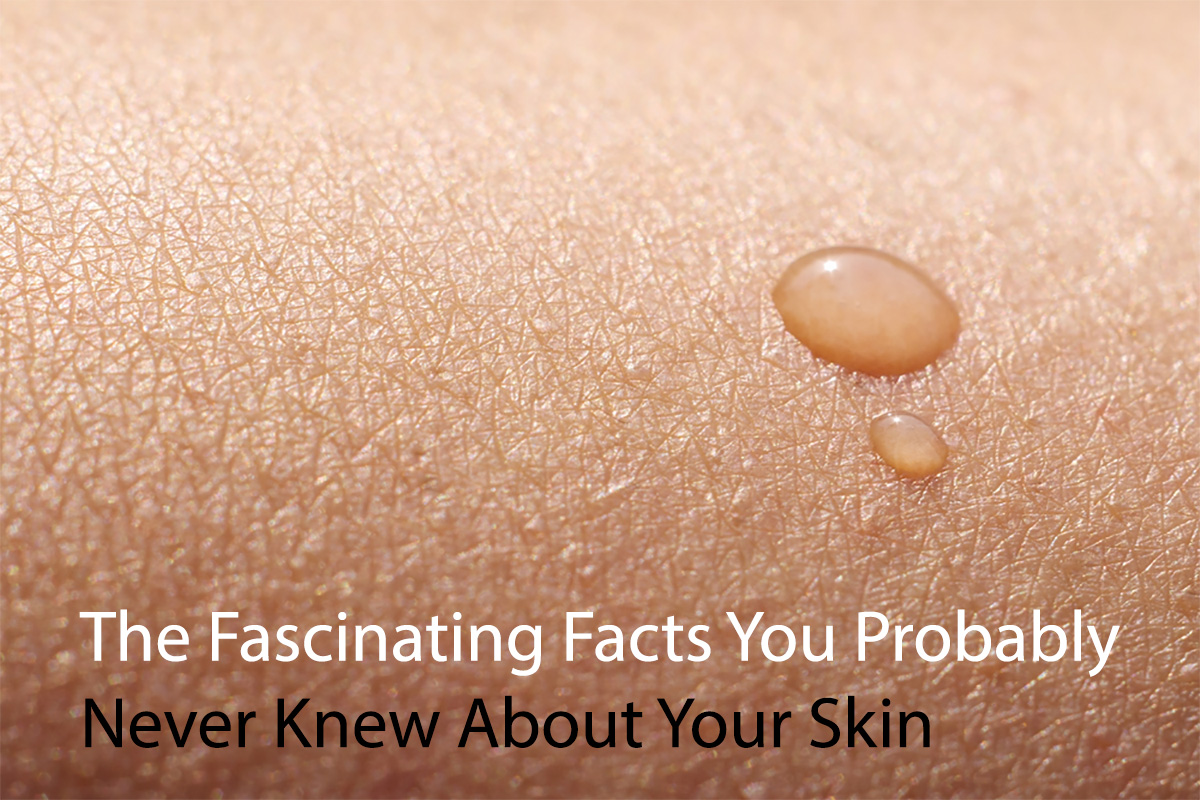Did you know that your skin contains a microbiome that can contain up to 1000 types of bacteria, viruses, and pathogens? These friendly bacteria actually work with your body for many benefits, including reducing inflammation and assisting your immune system. Bacteria were once thought to outnumber your cells 10 to one. However, newer research suggests that bacteria outnumber your own cells about 100 to one.
Functions
The function of skin can be described in detail. The stratum corneum layer of skin acts as a physical barrier, while the keratin-rich keratinocytes and melanin-rich pigments protect the body against UV radiation. For more information on the different layers of skin, see Structure of the skin. You can also learn about the skin’s function by reading up on the different types of melanin and keratin.
The skin secretes sebum, a substance that keeps the body’s tissues soft and pliable. It also protects the body from invasion by maintaining a pH of 4.5-5.5. Skin also helps regulate body temperature by releasing sweat. Sweat evaporates to cool the body and releases heat, whereas cold retains heat. The skin also helps regulate body temperature by transmitting nerve impulses from the skin.
The skin is made up of three layers – the epidermis, dermis, and subcutis. The topmost layer is called the epidermis. The outer layer is made up of dead keratinocytes and is known as the stratum corneum. Melanin protects the body from UV radiation, while the underlying layers contain sebum and sweat glands. The three main functions of the skin are outlined below.
Renewing
You may have heard about skin renewal before. It is a natural process by which your body turns over skin cells. These skin cells protect your internal organs and provide protection against the environment. After doing their job, they die. But what about skin renewal if your skin is unhealthy? How can you restore the skin’s health? Here are some tips. Follow these steps for a glowing complexion. And don’t forget to drink plenty of water and use skincare products regularly.
Glycolic acid is a great exfoliating acid. This chemical comes from sugar cane and belongs to a group of acids called alpha hydroxy acids. When applied to your skin, glycolic acid softens bonds between dead skin cells and encourages them to shed. This is important because this process enables the skin to produce new cells. By encouraging cell regeneration, glycolic acid helps your skin look younger and healthier.
A skin renewal peel will fix most of your skin concerns. However, it may require some downtime. Peels may make your skin sensitive, so you should wear sunscreen and take proper care of yourself during recovery. For some people, one peel is enough. Others, however, may want to try more than one. But remember, a little investment in good skin will always be worth it. If you’re unsure, consult with a dermatologist.
Protective layer
The protective layer of skin consists of the epidermis, the topmost layer of the body. Its outermost layer is known as the stratum corneum and contains layers of proteins and lipids. This layer is often called the moisture barrier. The stratum corneum is important because it protects the body from external factors like sun, rain, and dirt. This layer is made up of several layers and is quite thick on the palms and soles of the feet.
The epidermis, or outermost layer of the skin, is the outermost, viable layer. It contains several molecules and proteins and serves a variety of protective functions. These cells also produce the skin’s keratin, which is the main component. In addition, the epidermis also helps the body repel water. But, there are several other layers beneath the epidermis that are equally important. Let’s look at each layer one at a time.
The dermis is the second highest layer and contributes to the protective barrier of the skin. It is composed of collagen and elastin, which are structural proteins in the dermis. Collagen fibers are embedded in a gel-like substance that binds water. This helps keep the skin’s volume stable. There are several factors that can influence the content of these proteins and their structure. Some factors may also affect the amount of collagen and elastin in the skin.
Eczema
If you have eczema, you probably already know about the itching, burning, and other symptoms of the condition. You may also have heard about the connection between food and allergy. But did you know that your genes play an important role in how your skin reacts to certain allergens? In fact, your genes control the protein that keeps your skin healthy. The good news is that eczema is completely curable and there are numerous ways to prevent it.
Genetics play a big role in developing eczema. Having both parents with eczema increases your chances of developing the condition by 80 percent. Other factors may increase your risk of eczema, such as exposure to pollutants and increased hygiene. Whether or not you have eczema is a very personal choice, but if your family history has been plagued by hay fever or asthma, this may be a significant factor.
Children with eczema usually outgrow the condition by the time they reach puberty, while the rest will have persistent eczema throughout their lives. However, adults with the condition may be able to control their symptoms through proper skin care. And in some cases, eczema flare-ups can continue into adulthood, making it impossible for a person to completely eradicate it.
Stress
Skin conditions caused by stress and anxiety can be treated successfully with a variety of treatments. Managing stress and anxiety is important, but you must also treat the underlying psychological conditions to prevent skin problems from coming back. Therapy, such as antidepressants and relaxation techniques, can help you overcome the underlying psychological conditions that are causing your stress. Therapy can also help you identify and eliminate tics and involuntary movements caused by stress.
While you may not realize it, you are responsible for creating many of the signs of stress and anxiety on your skin. These changes are the result of a series of hormones and neurotransmitters produced by the body in response to stress. These hormones are released by the adrenal glands, which are small walnut-sized glands on the top of the kidneys. They receive distress signals from the brain and respond by releasing hormones, including adrenaline, cortisol, and norepinephrine.
Whether or not your skin problems are the result of stress or a different cause, it’s important to know the difference. Skin care products that are formulated to combat stress are often ineffective. In addition, they often contain active ingredients that damage the skin’s natural barrier. Because the damaged barrier cannot effectively protect the skin, they can actually worsen existing conditions. Because of this, it is important to exclude products containing these ingredients from your stress skincare routine.
You may be interested in : The Habits That May Contribute to Premature Skin Aging

